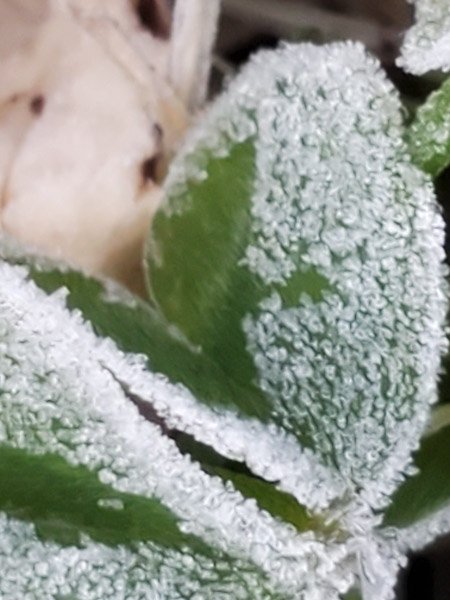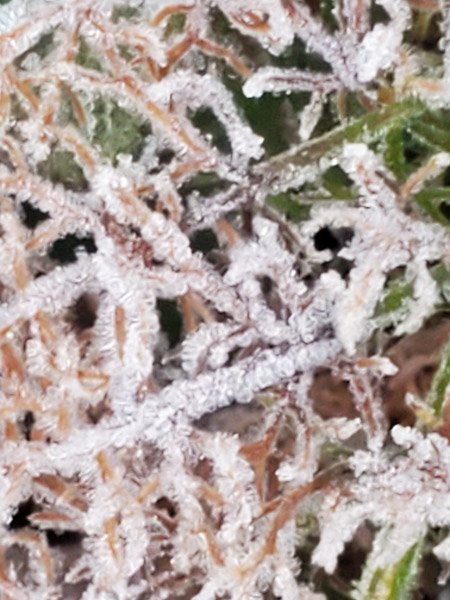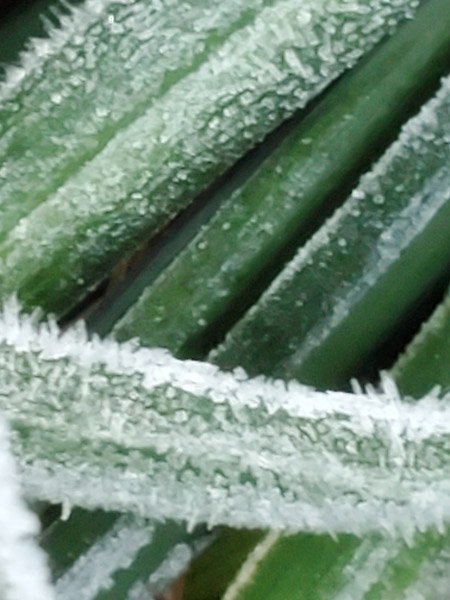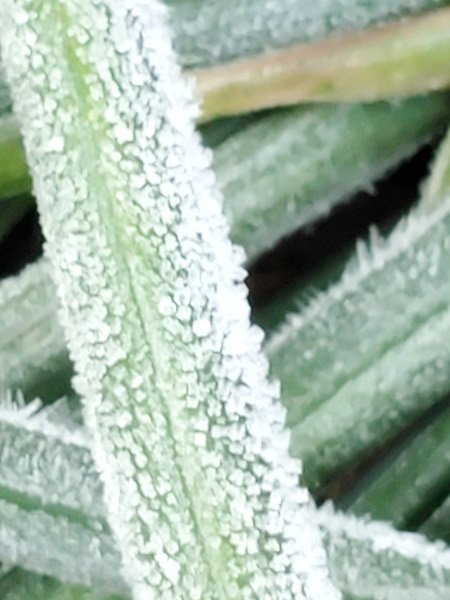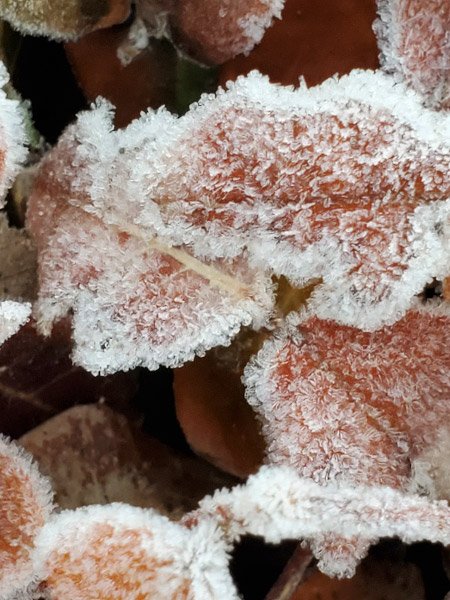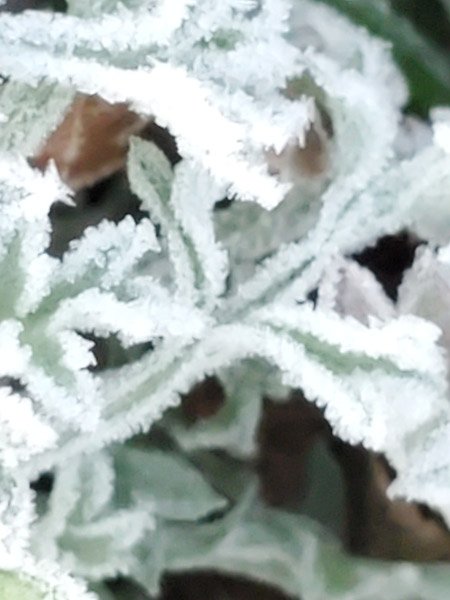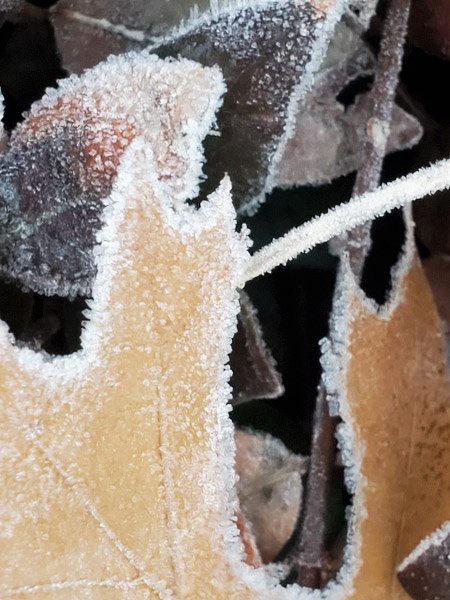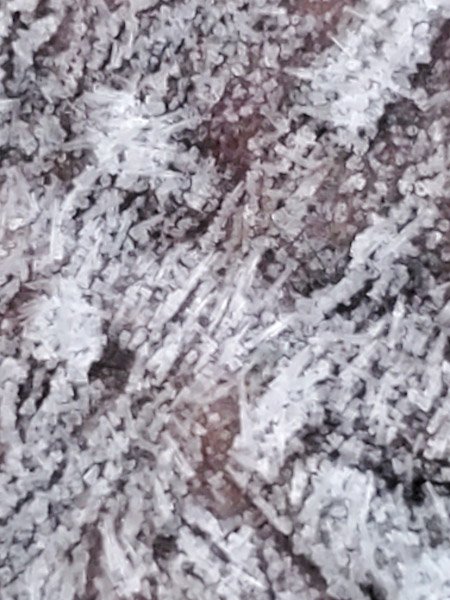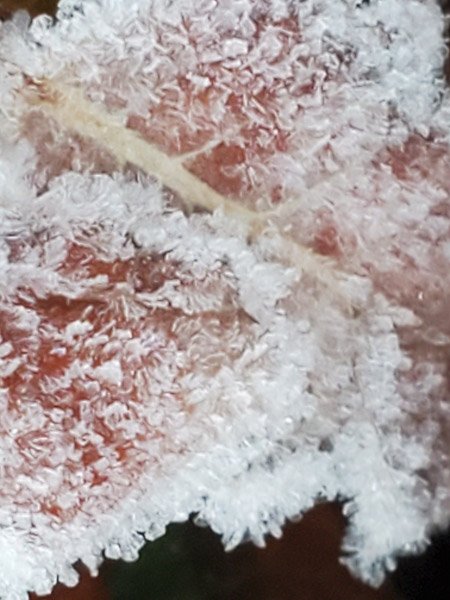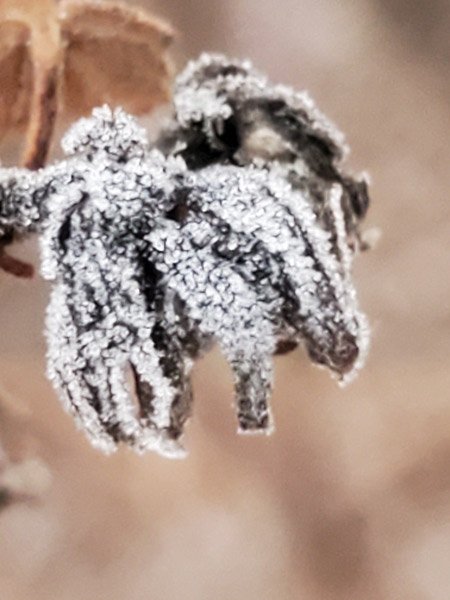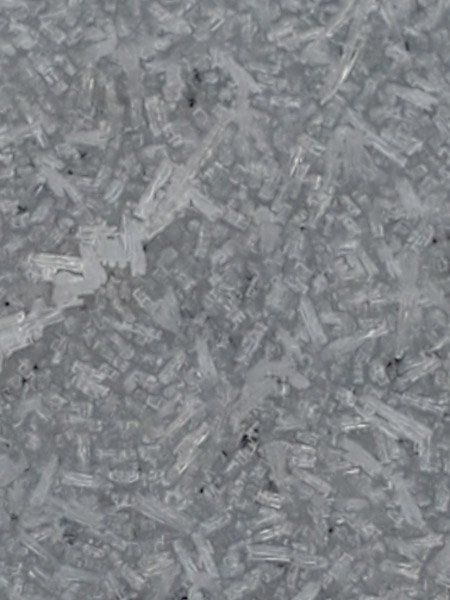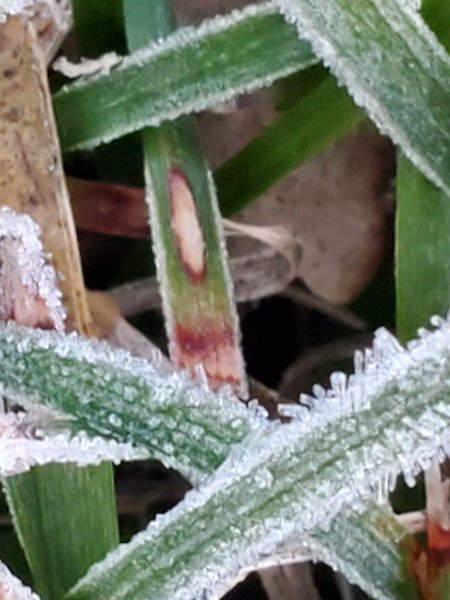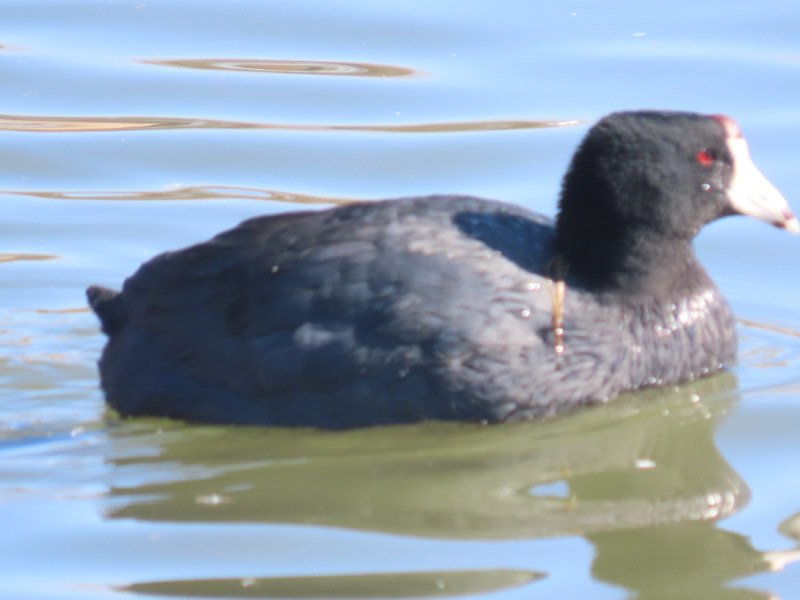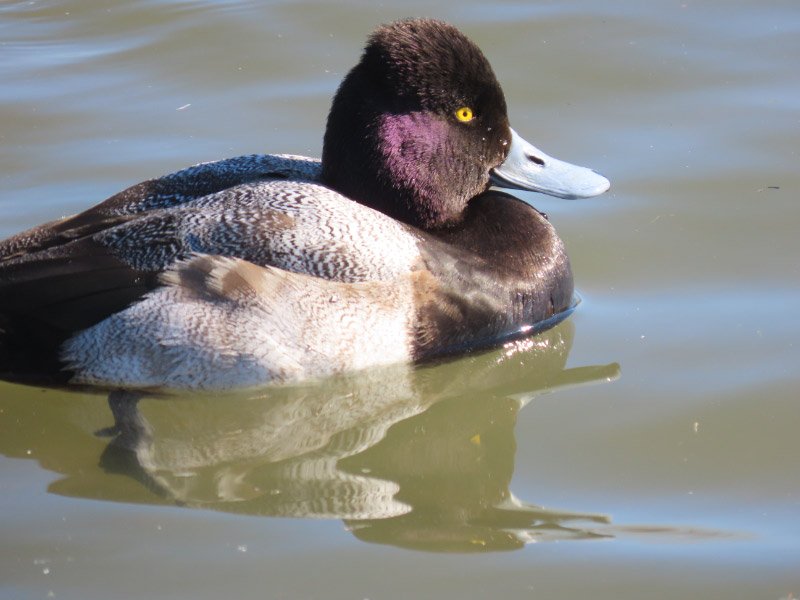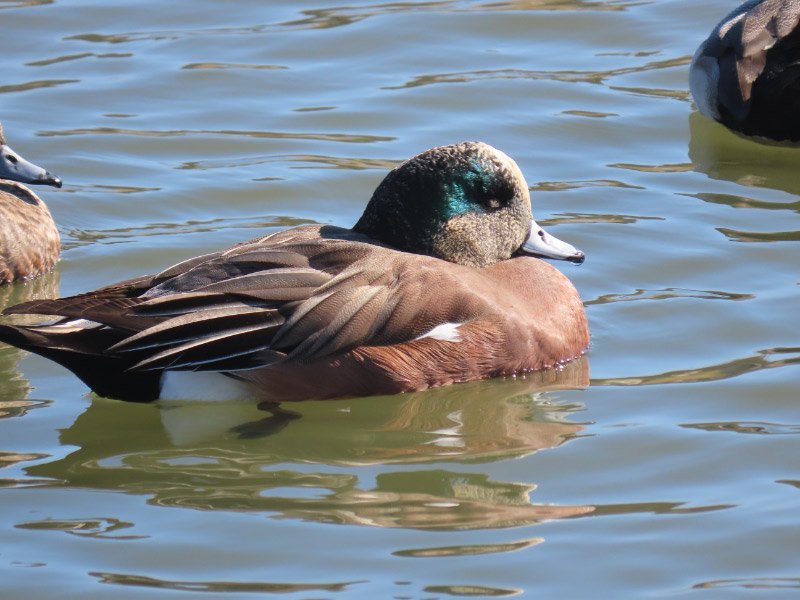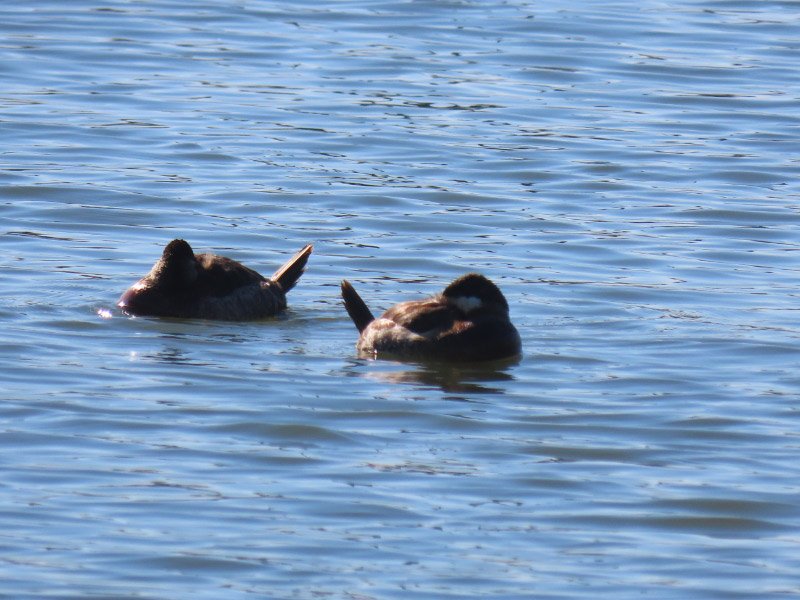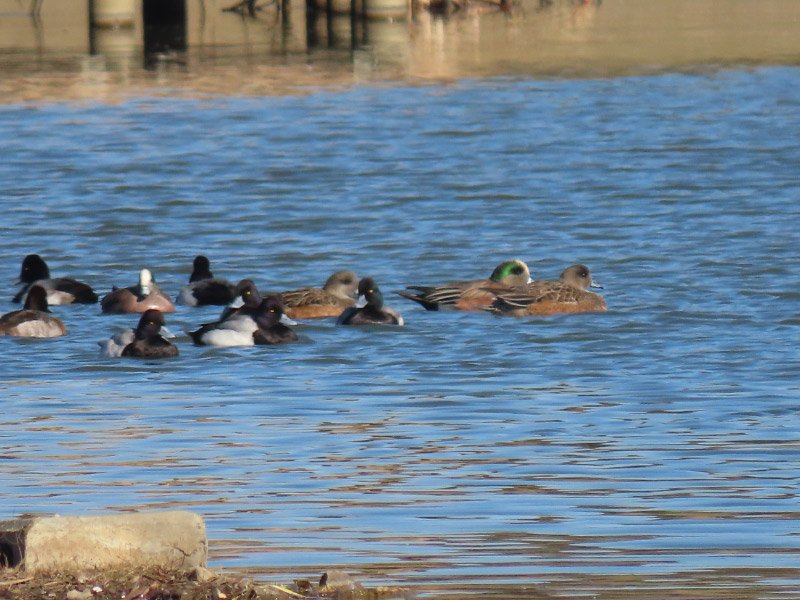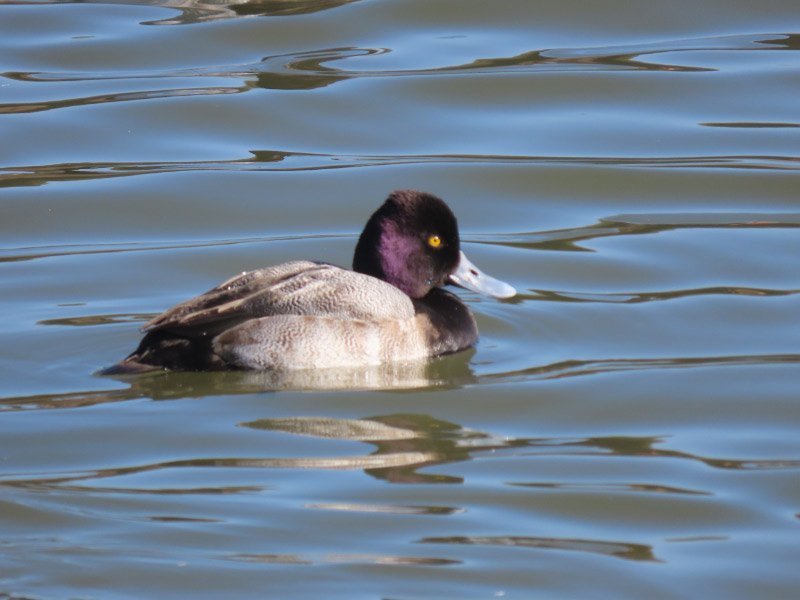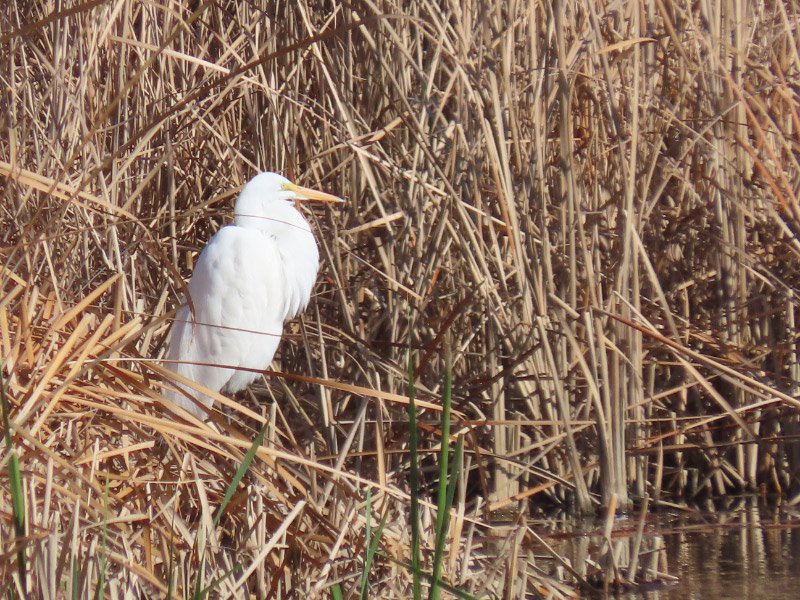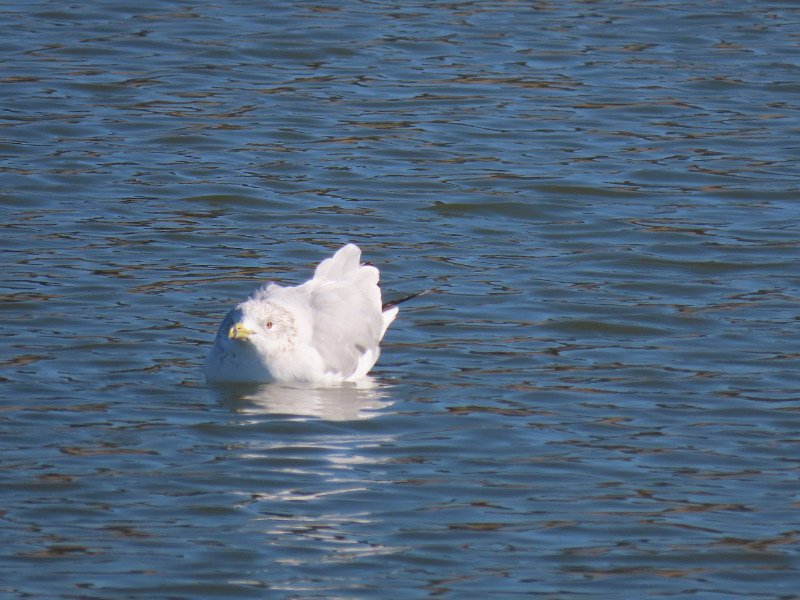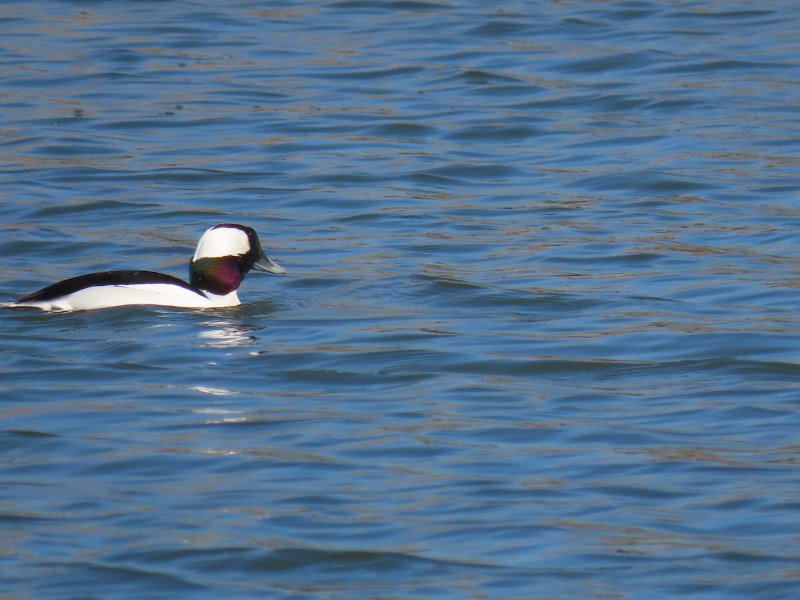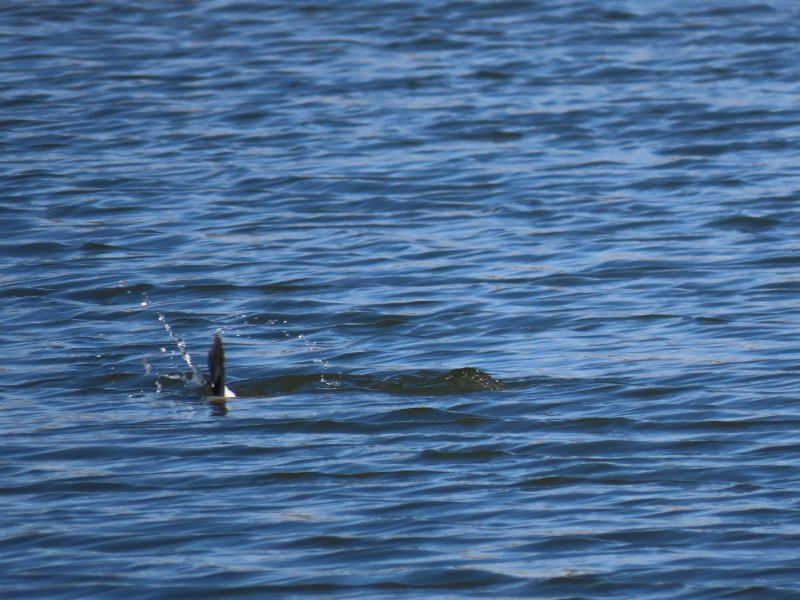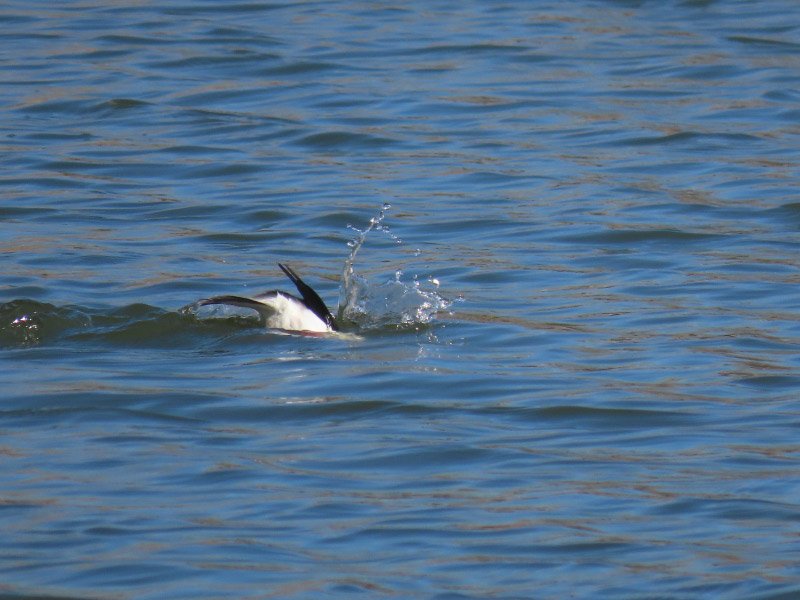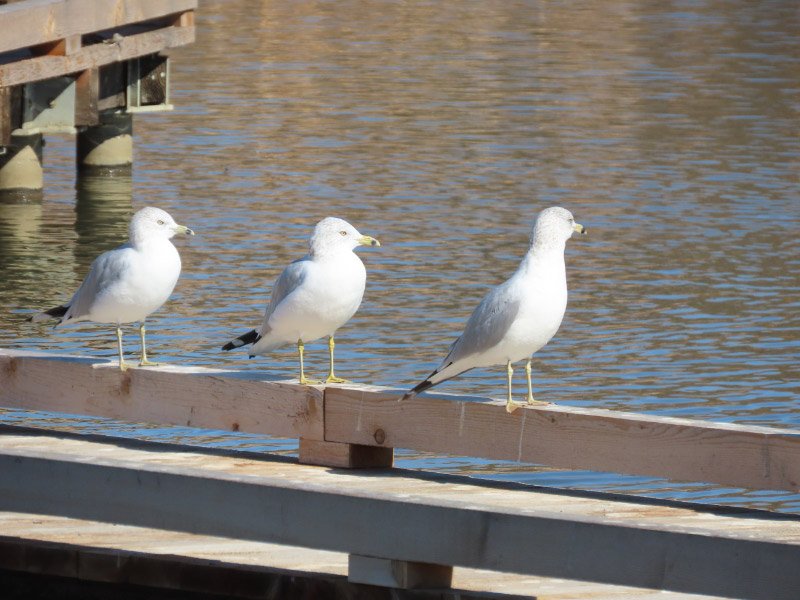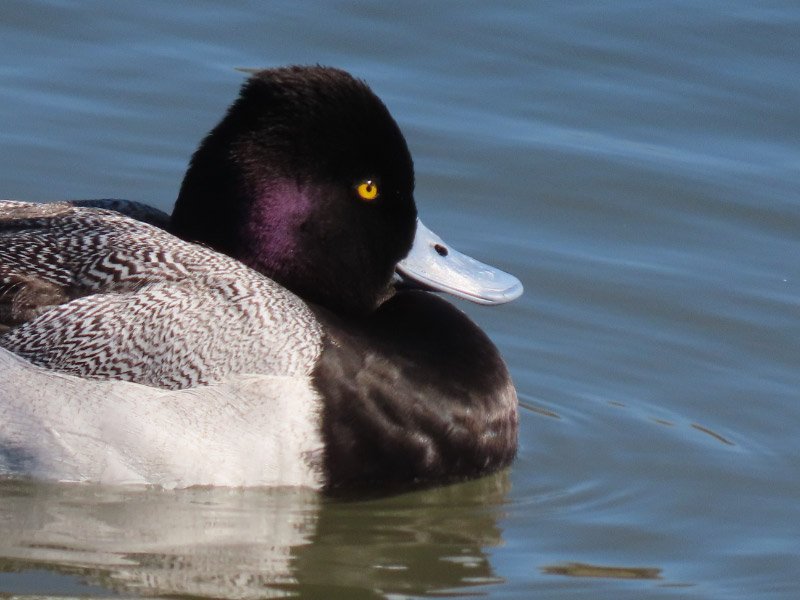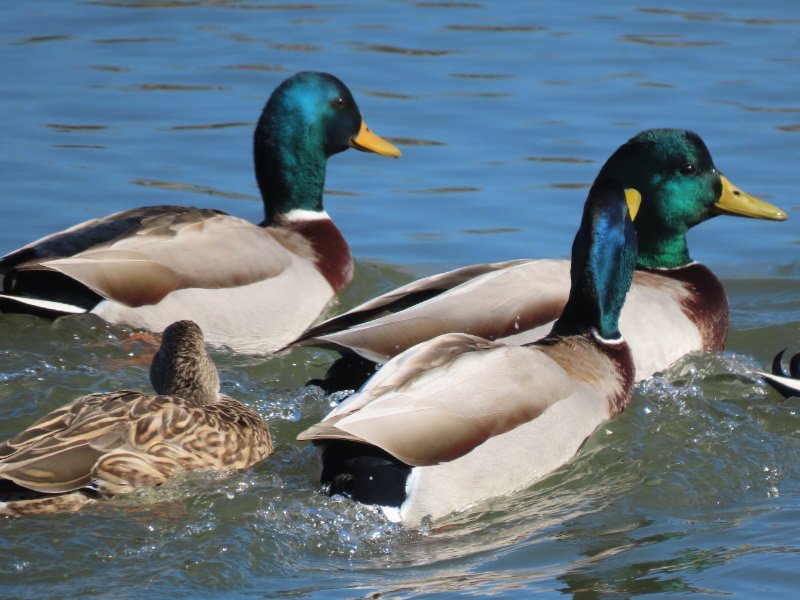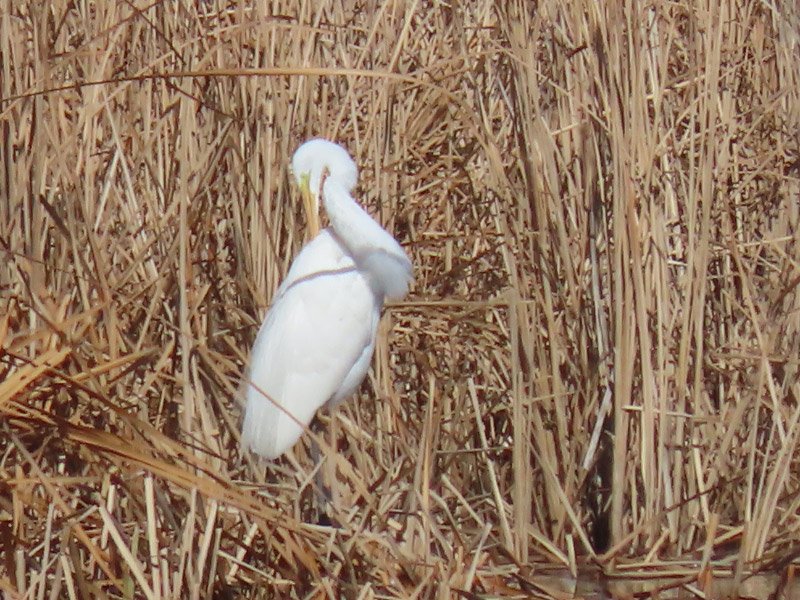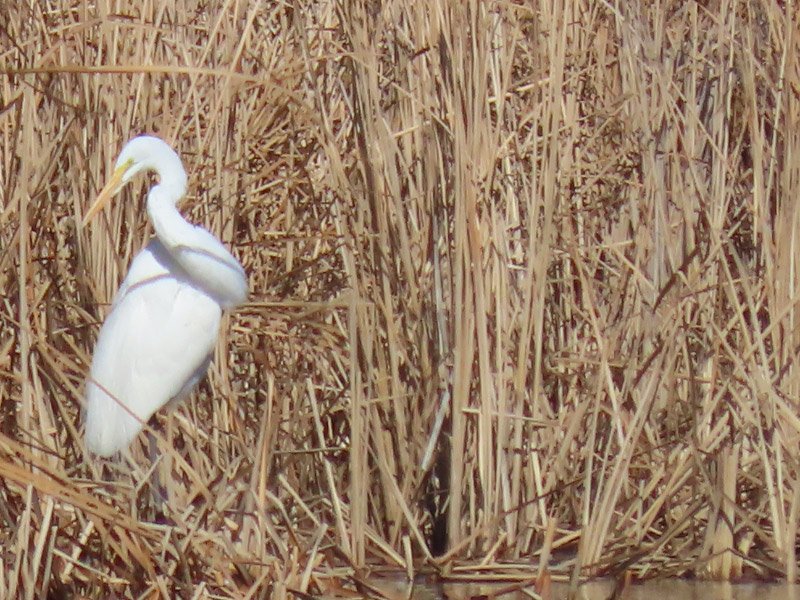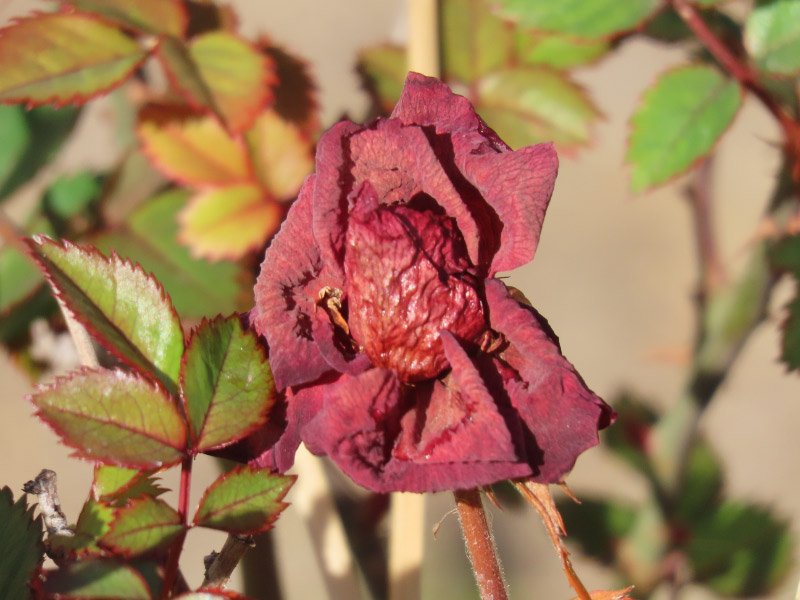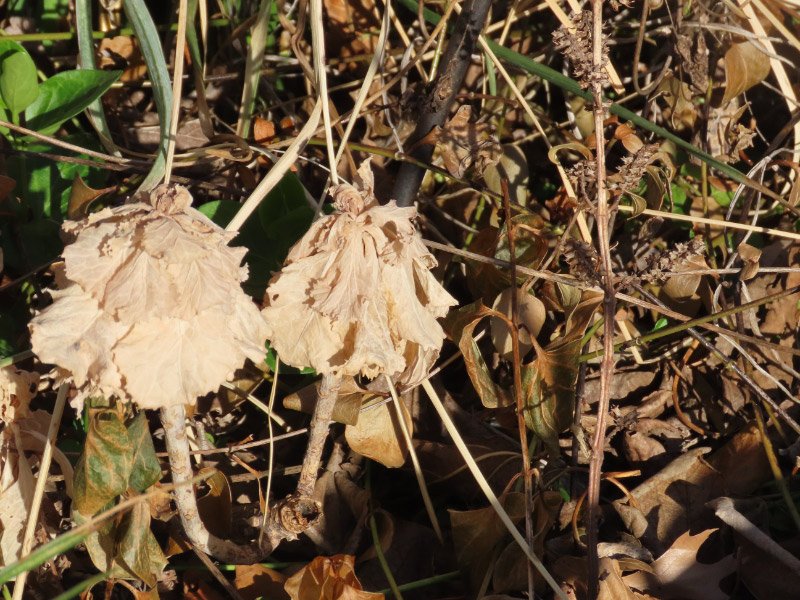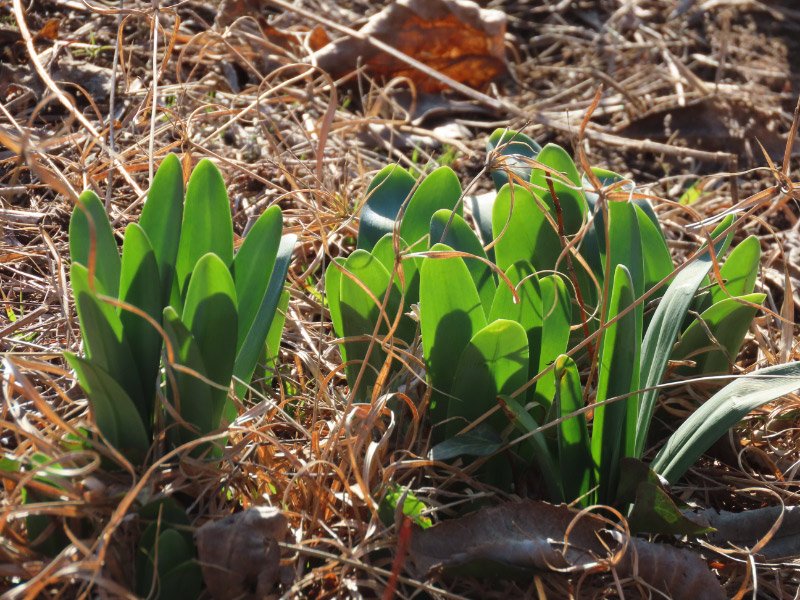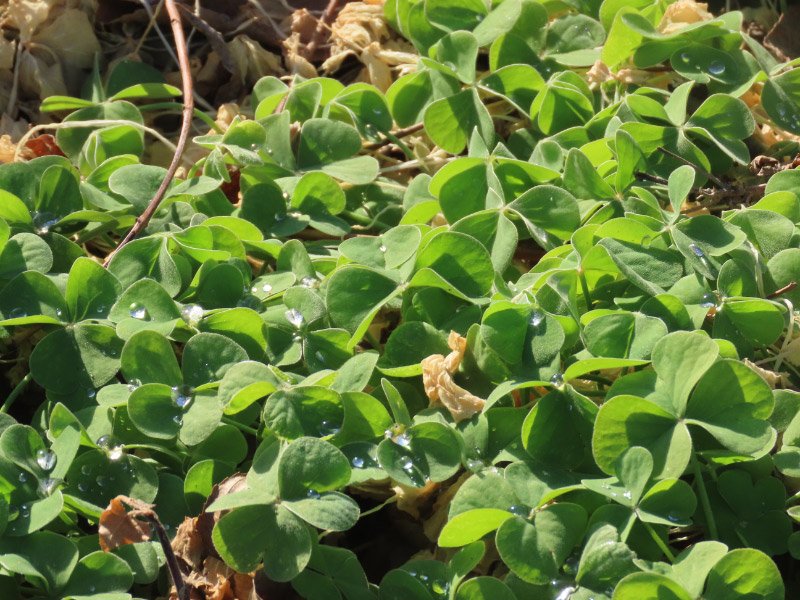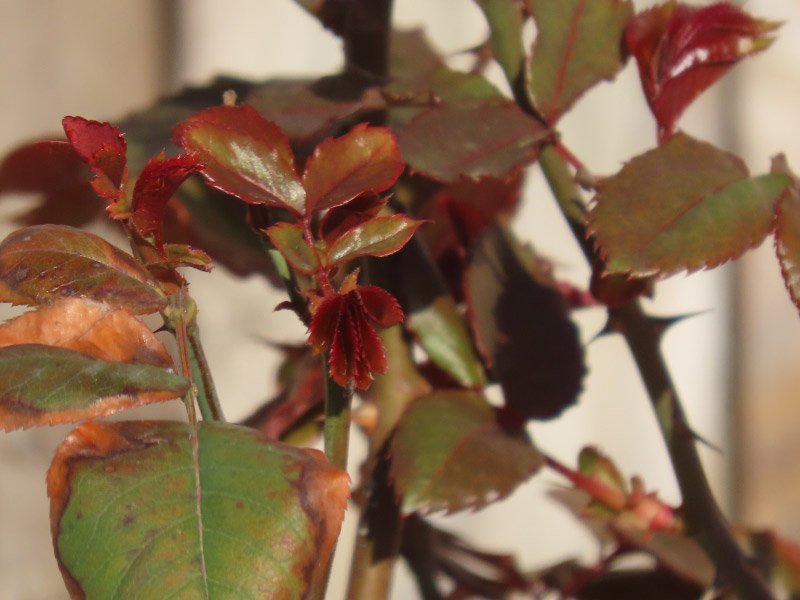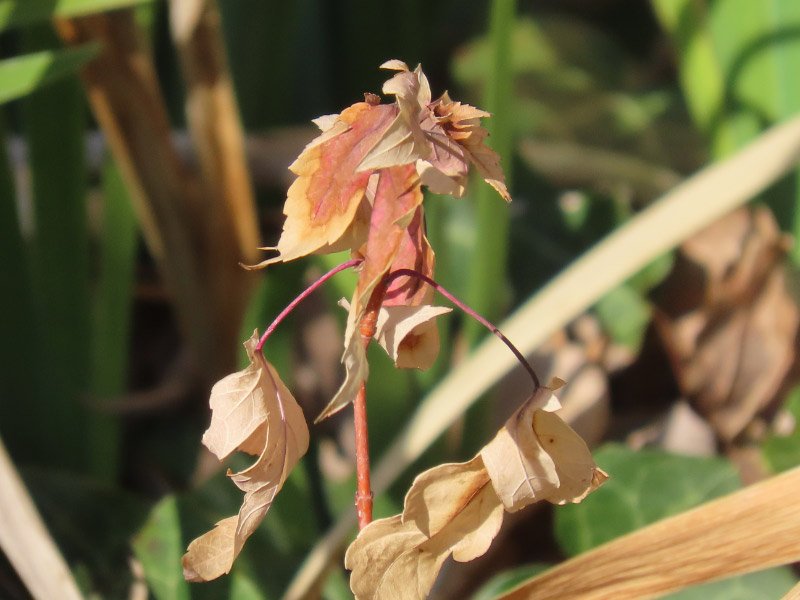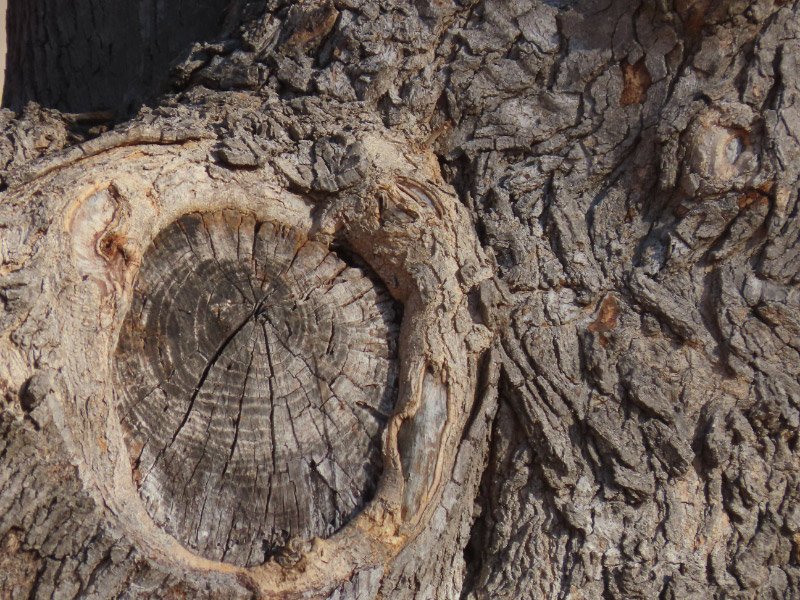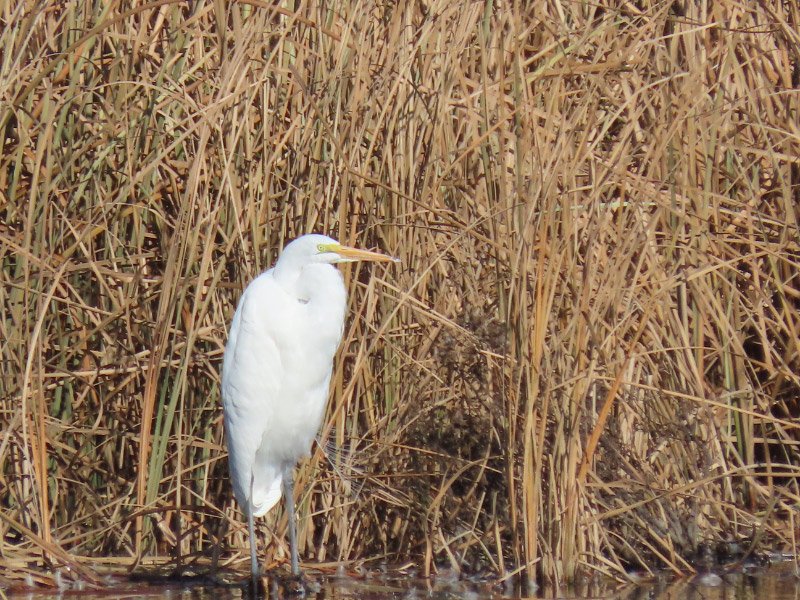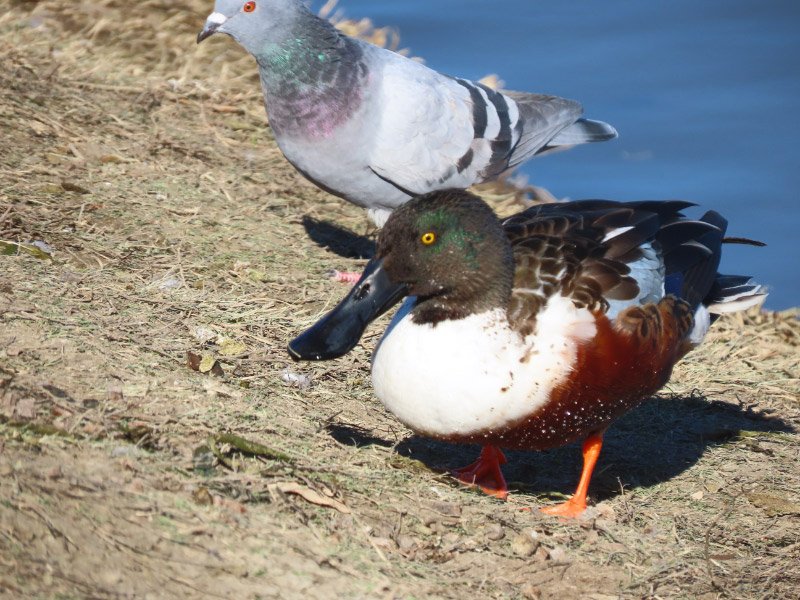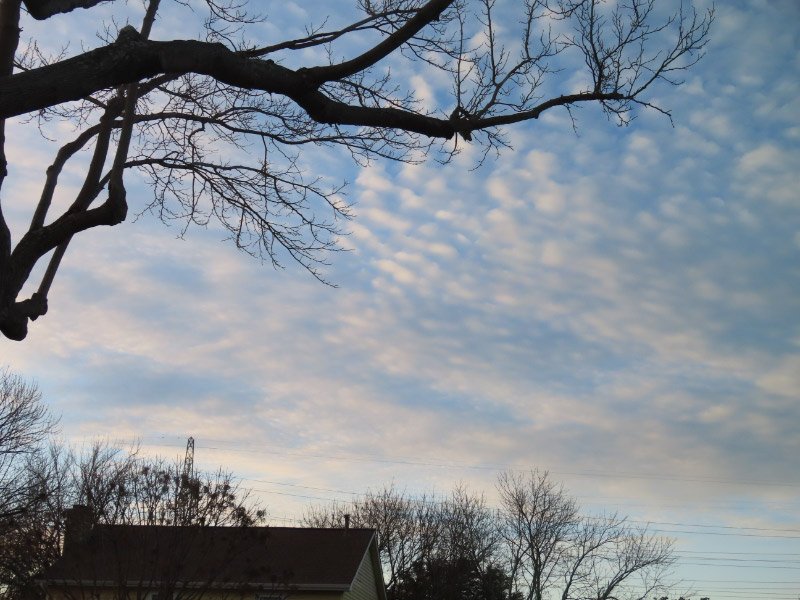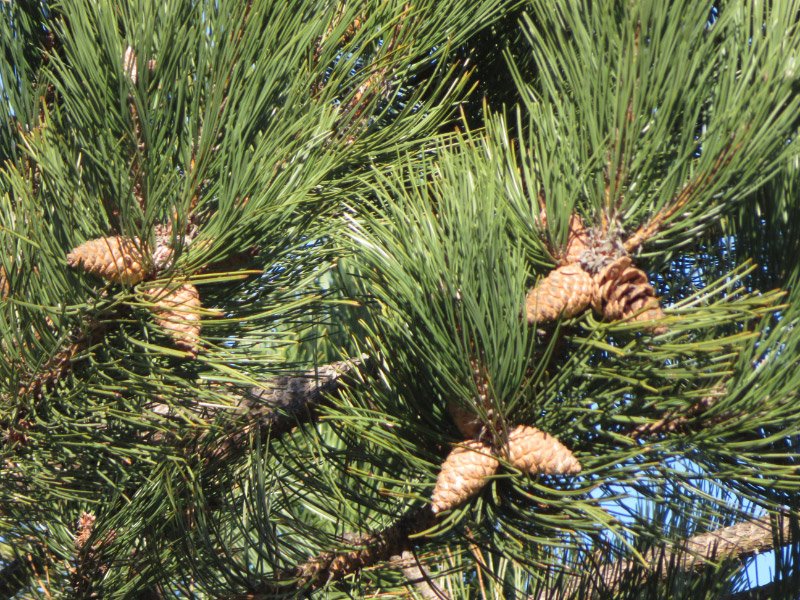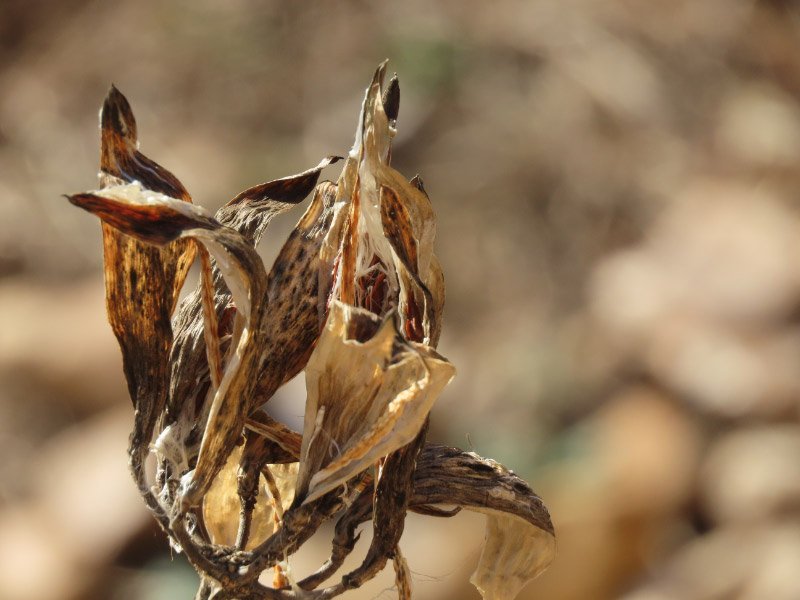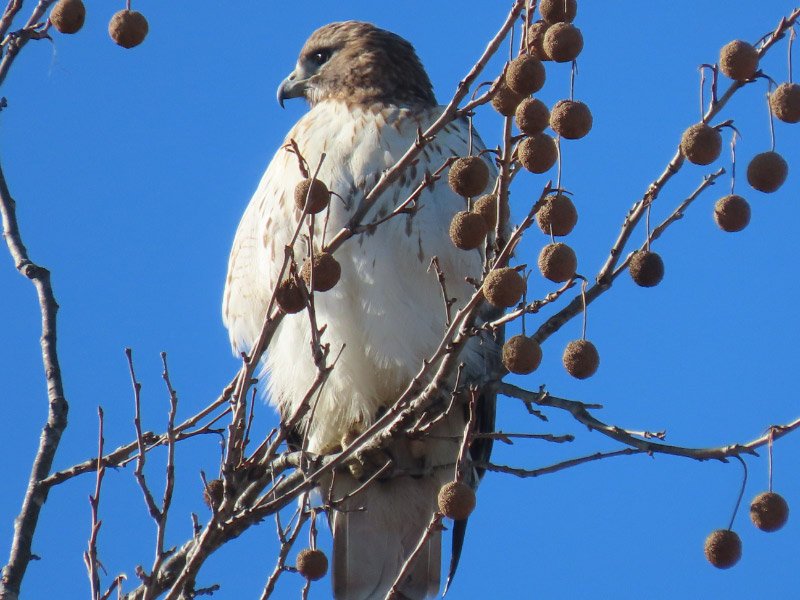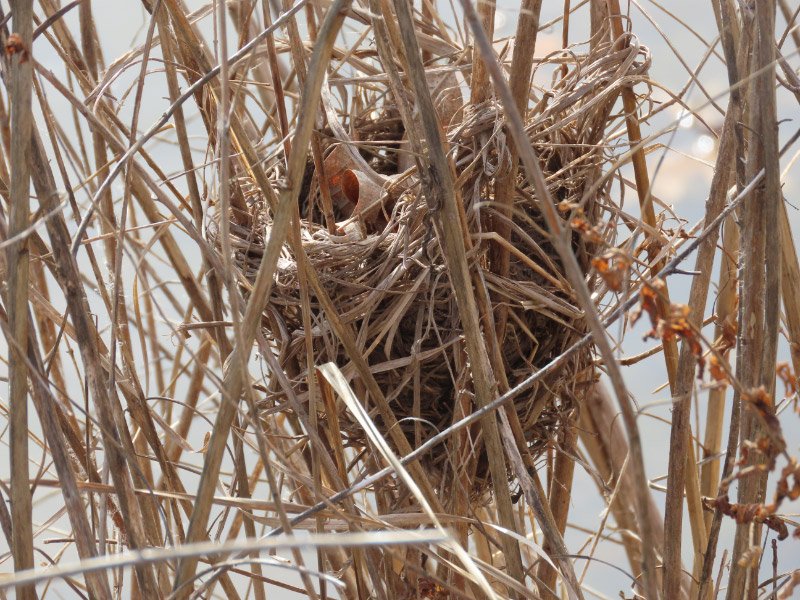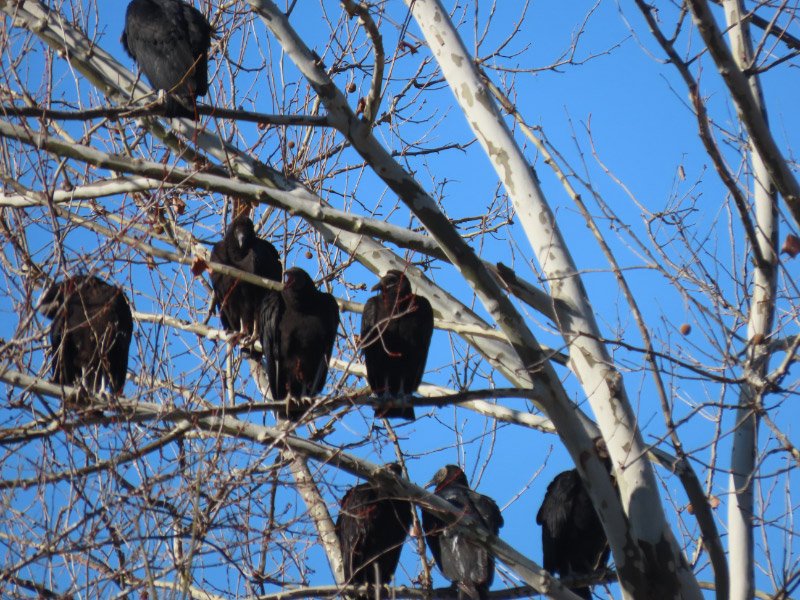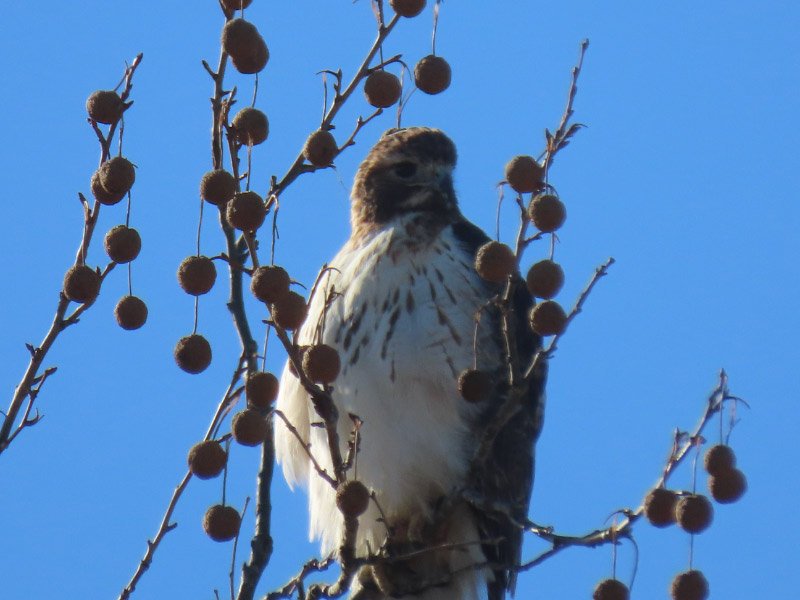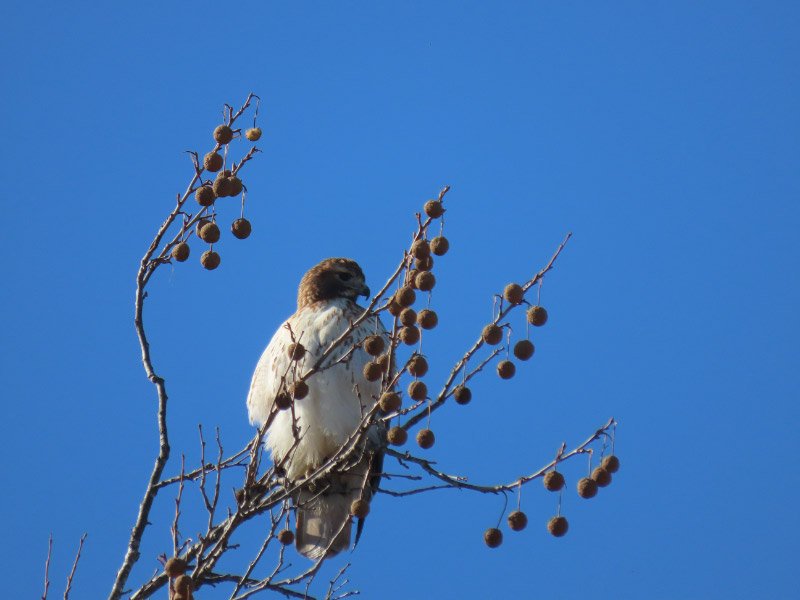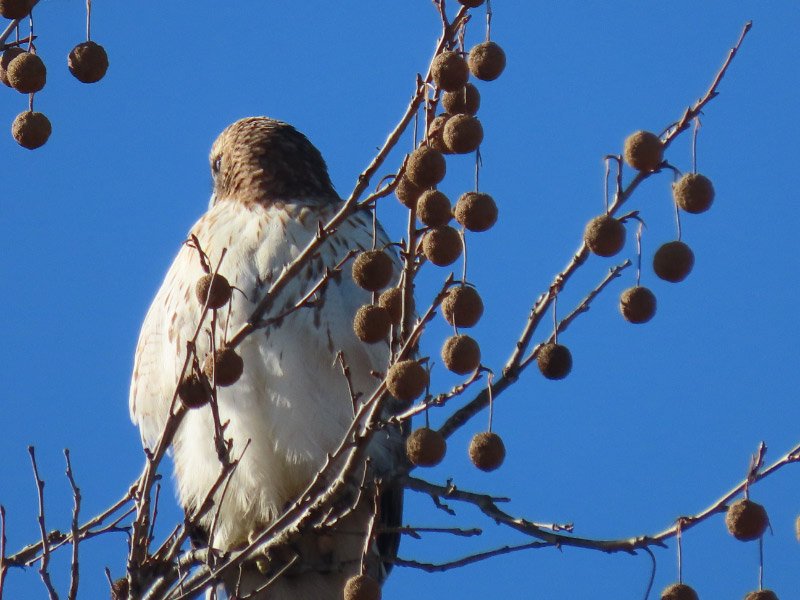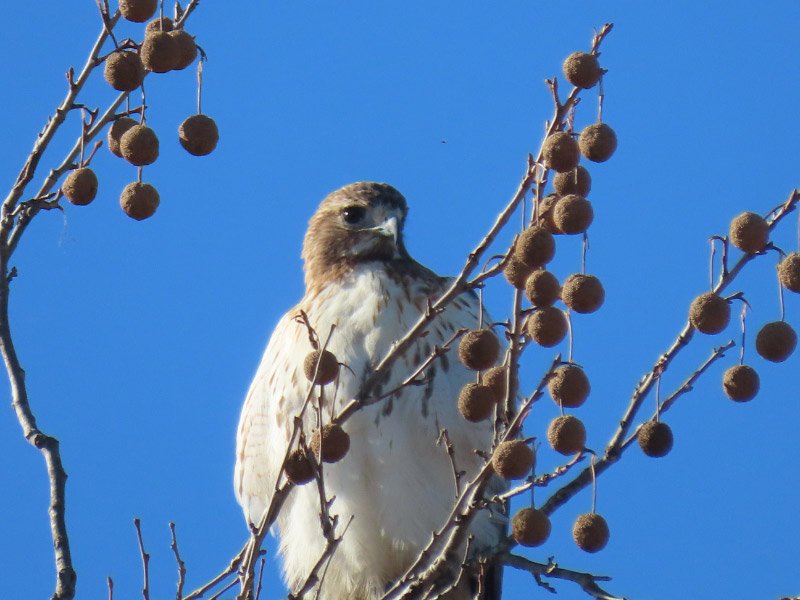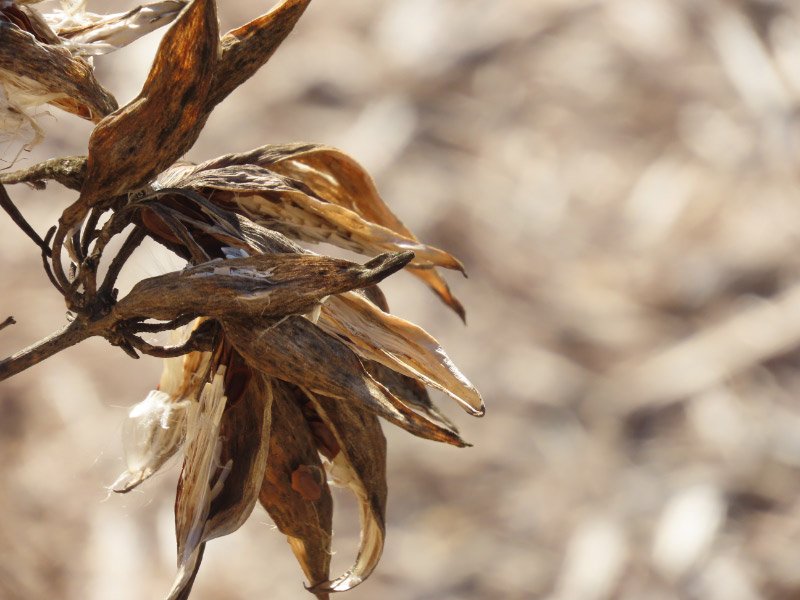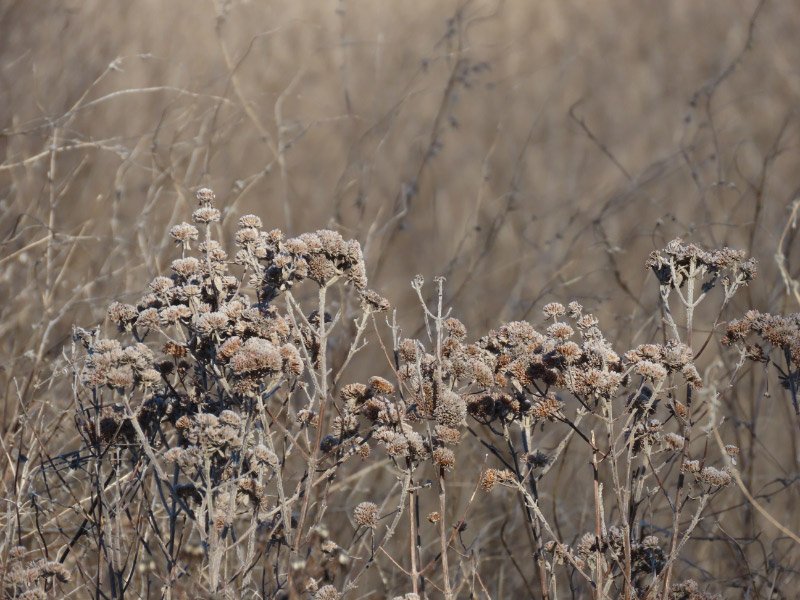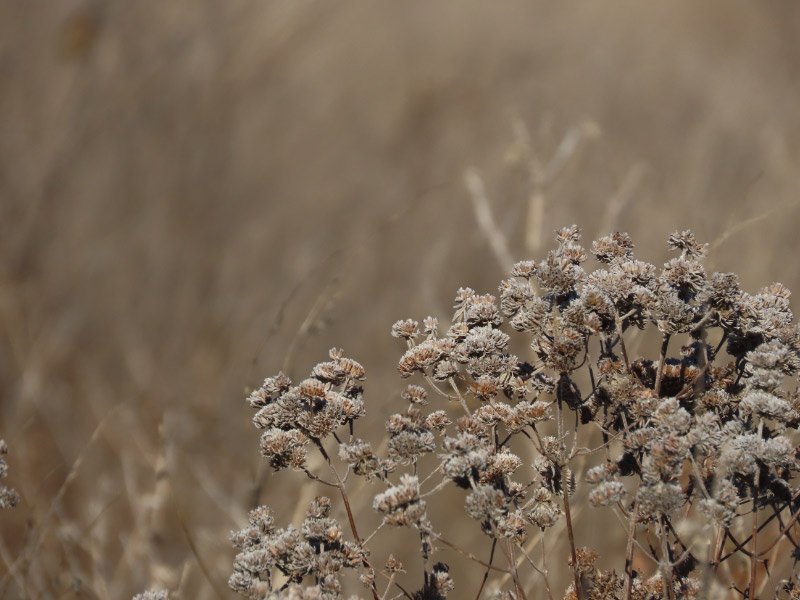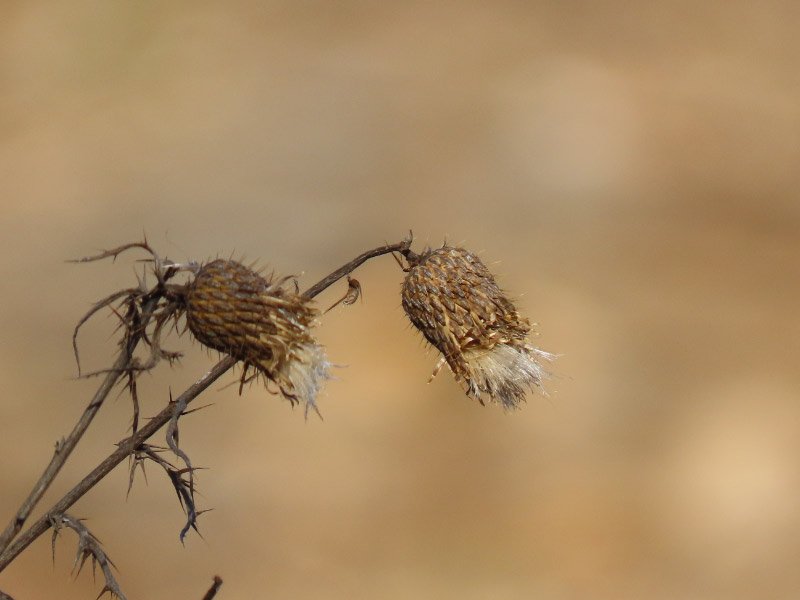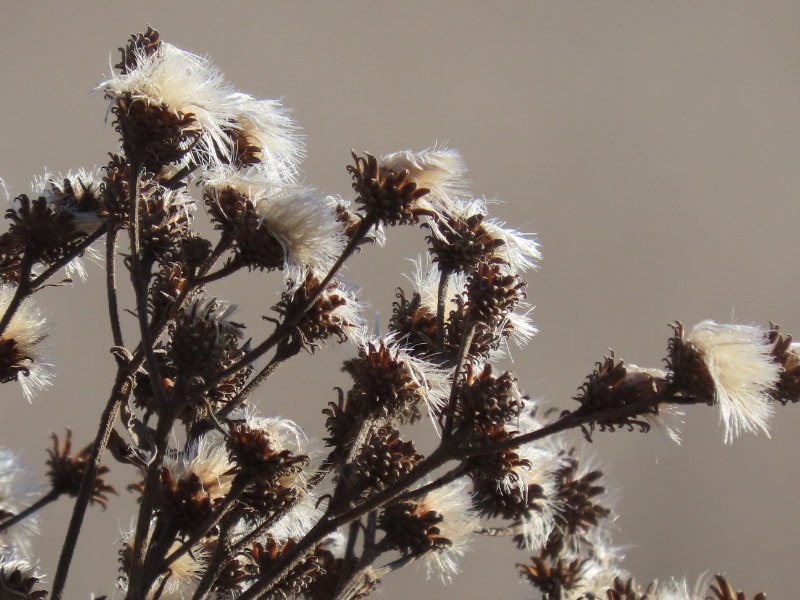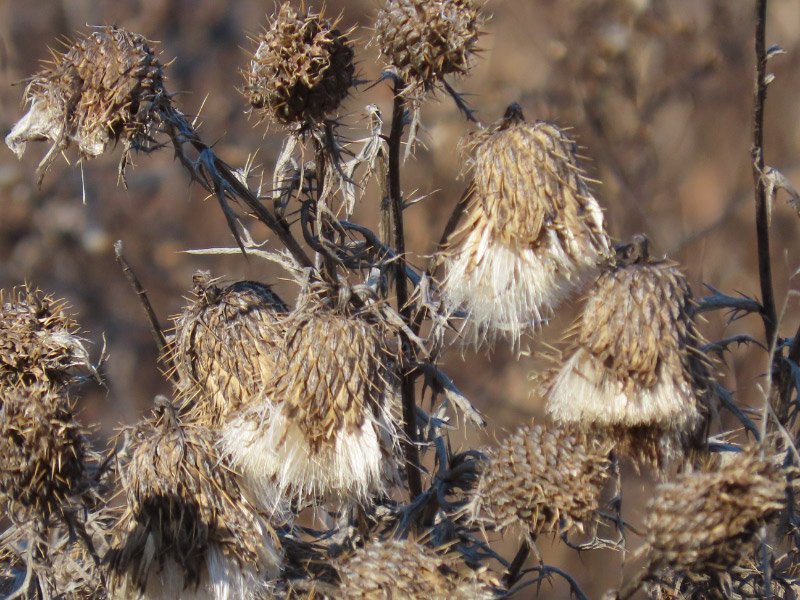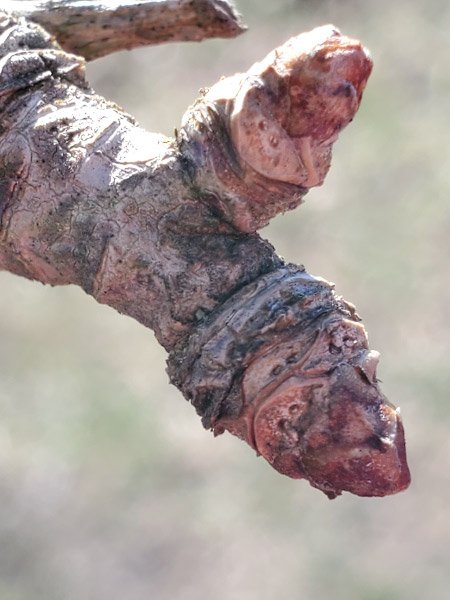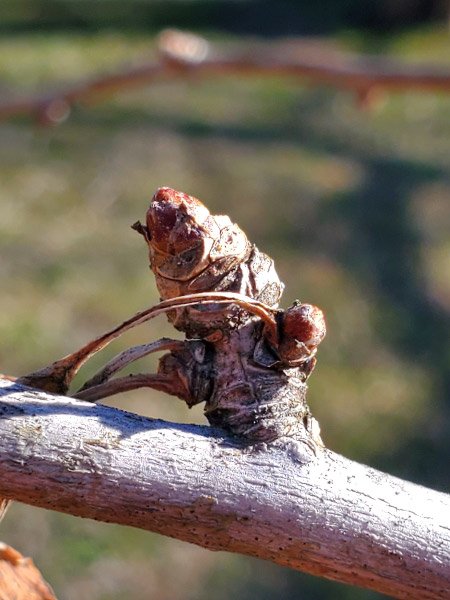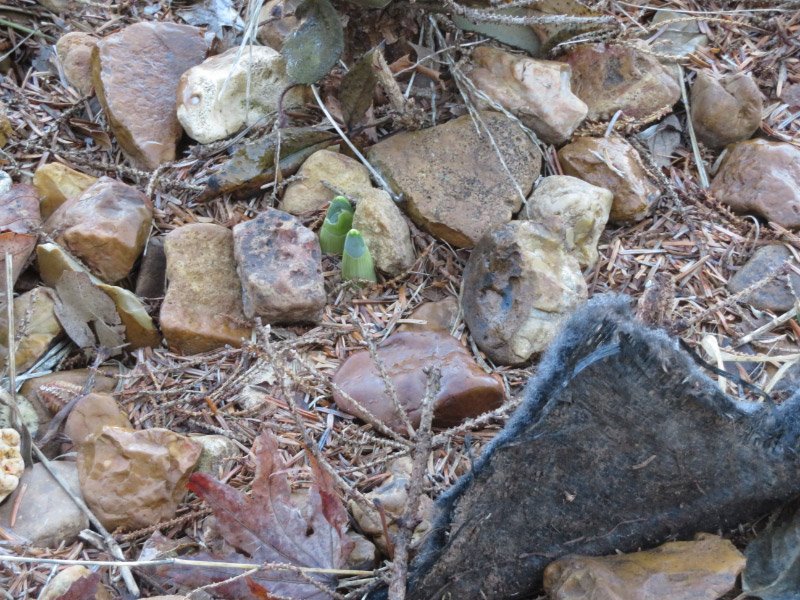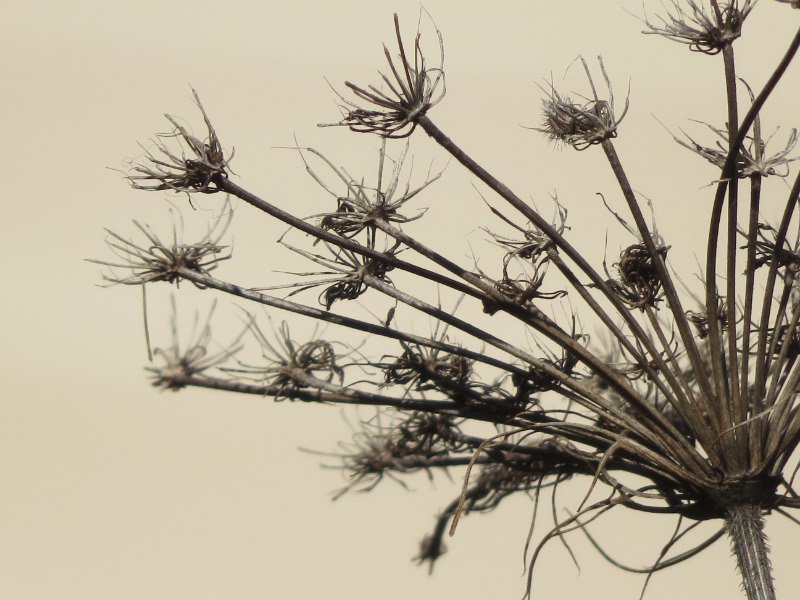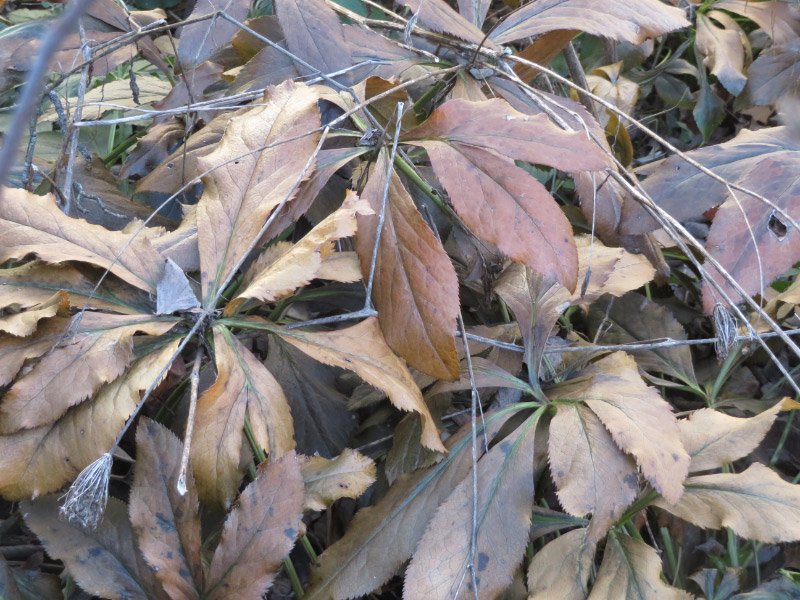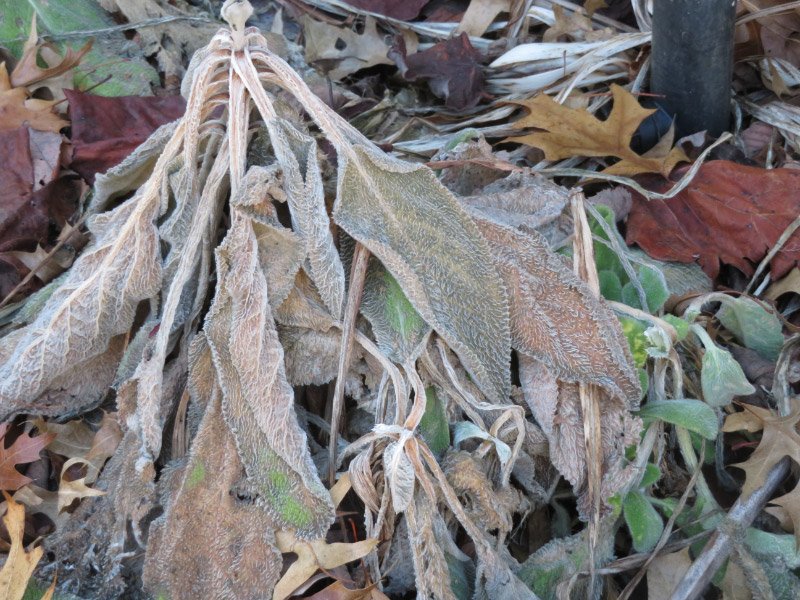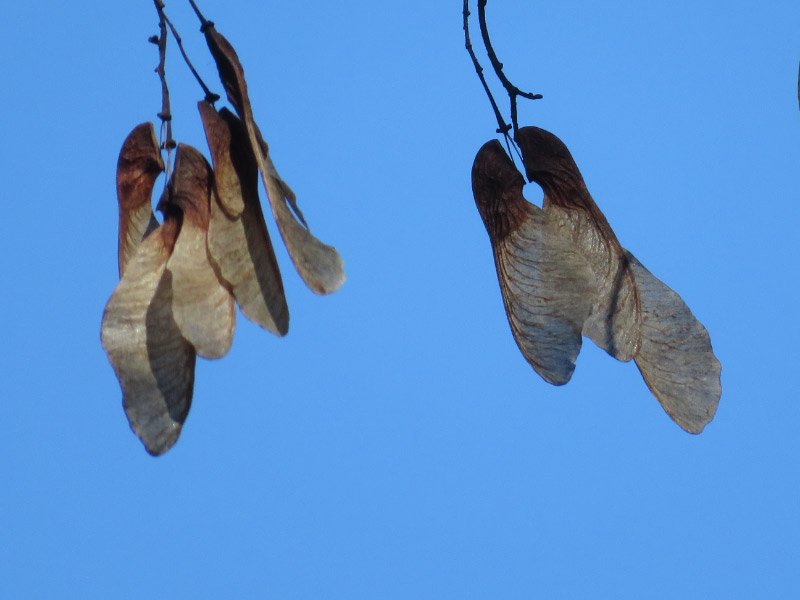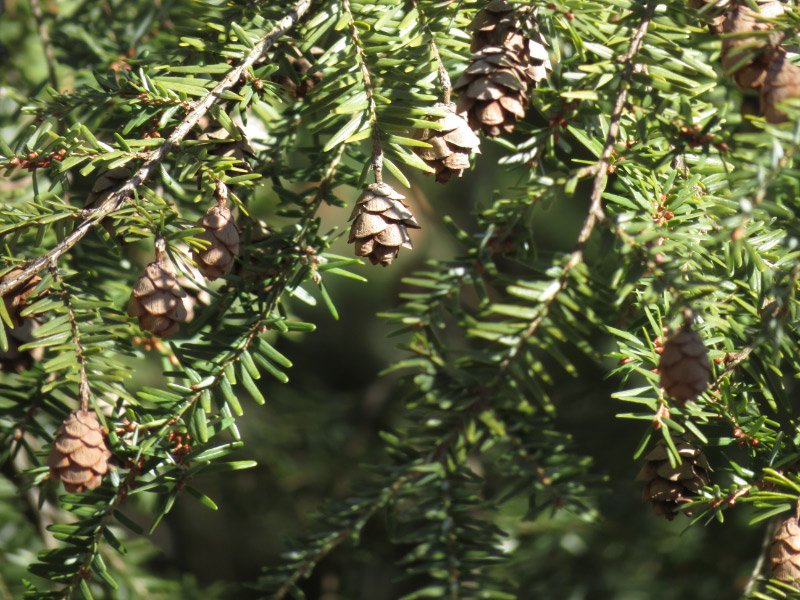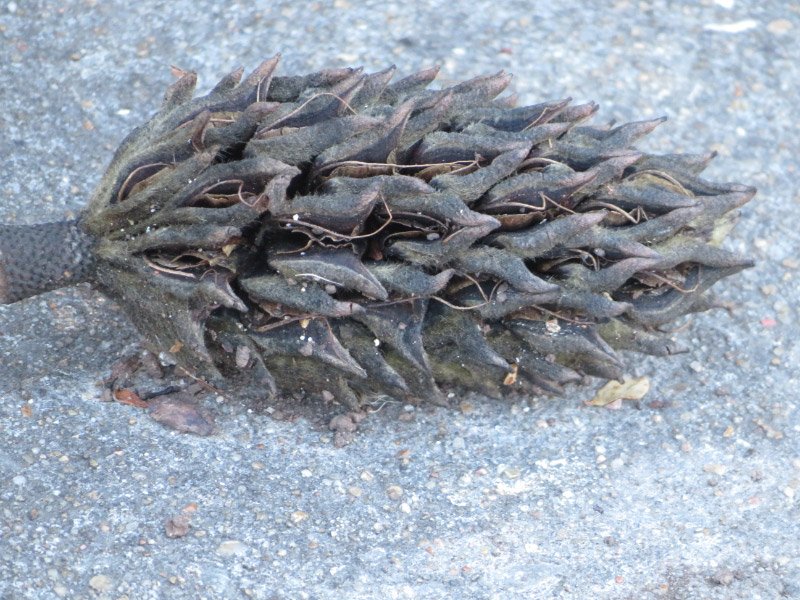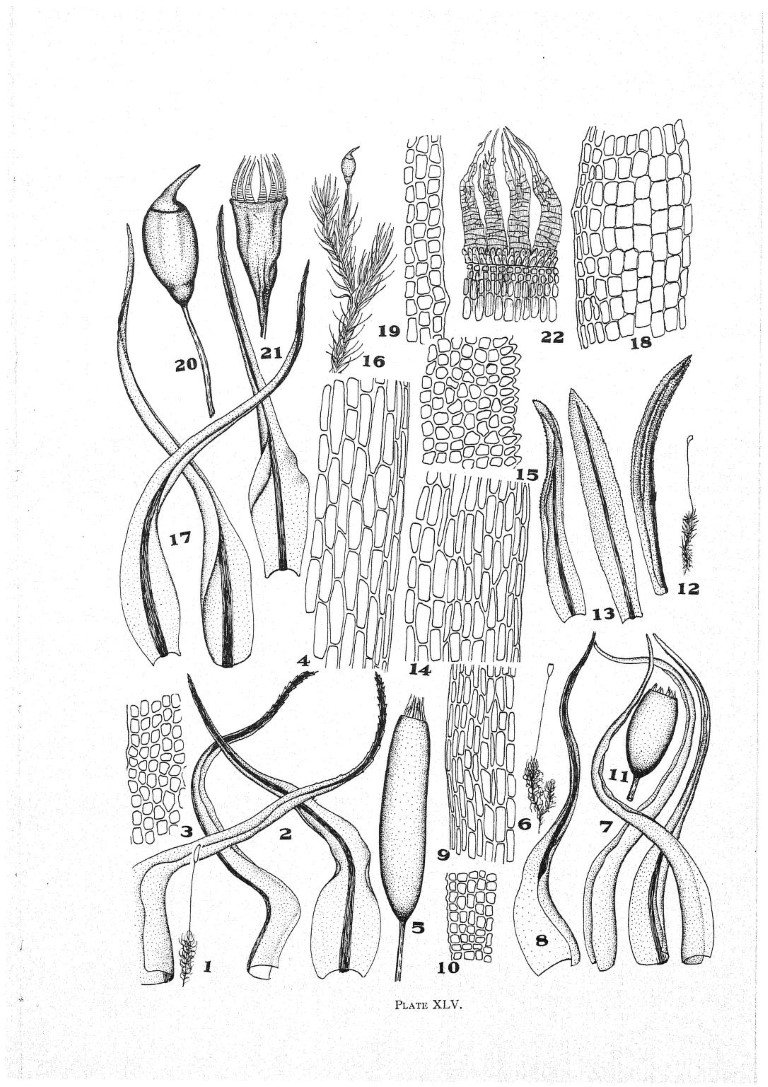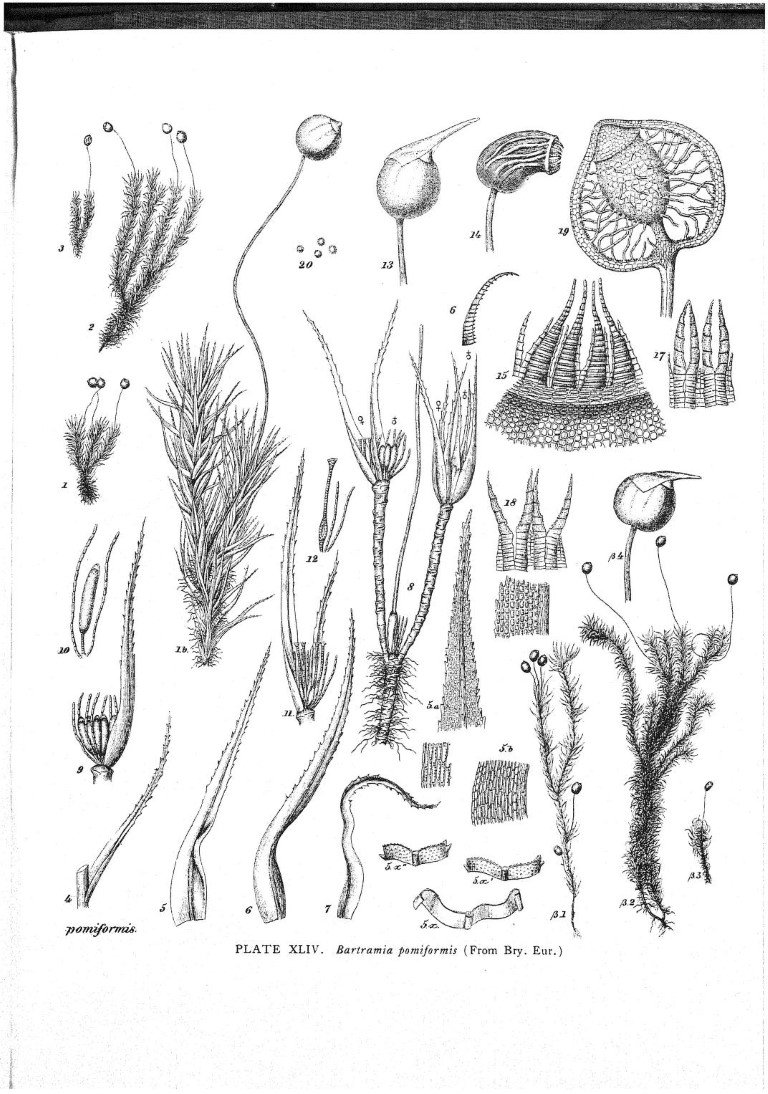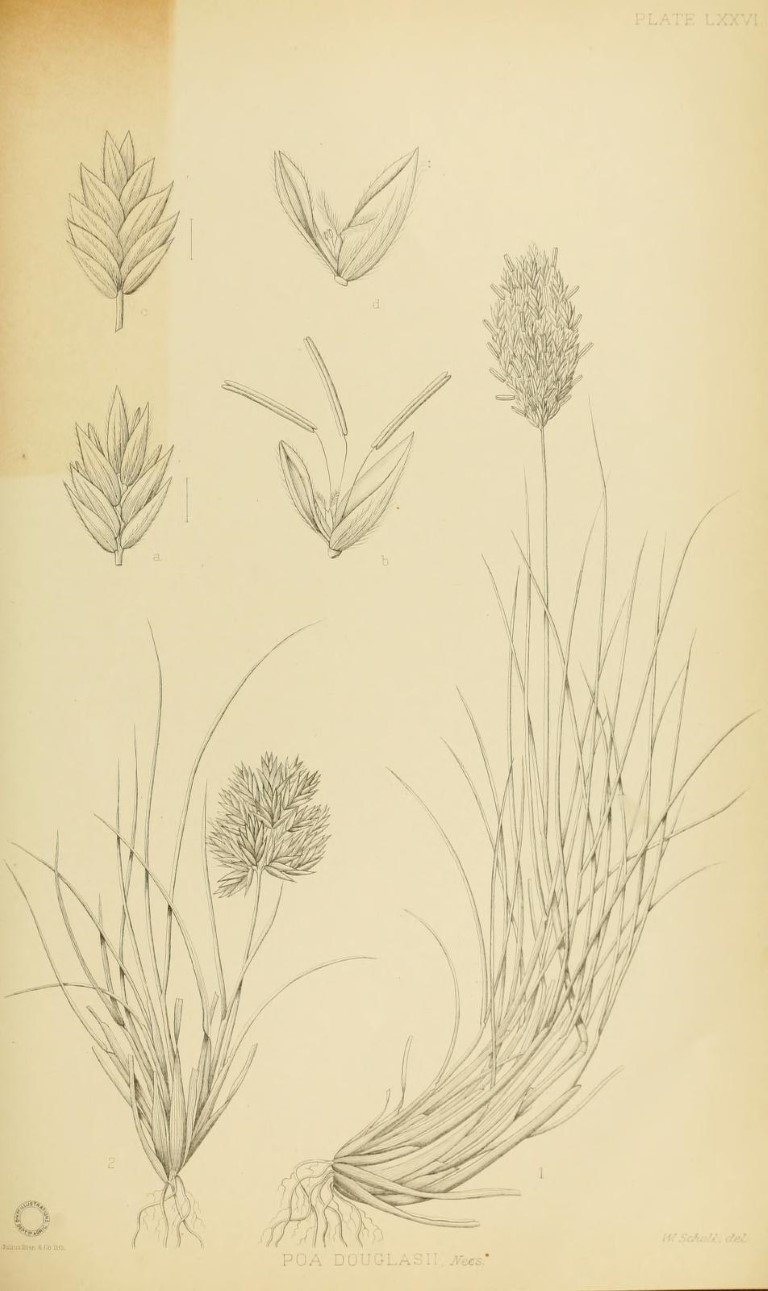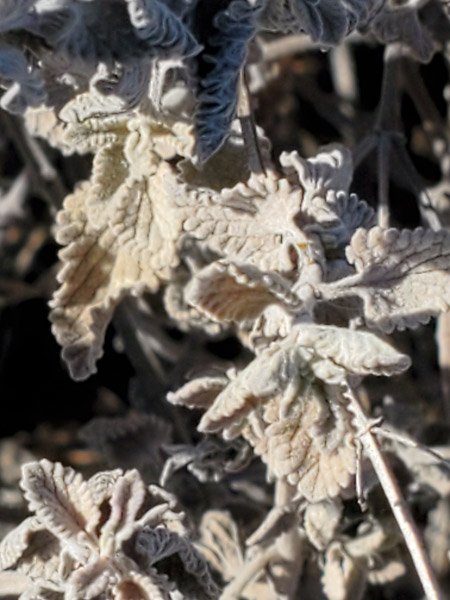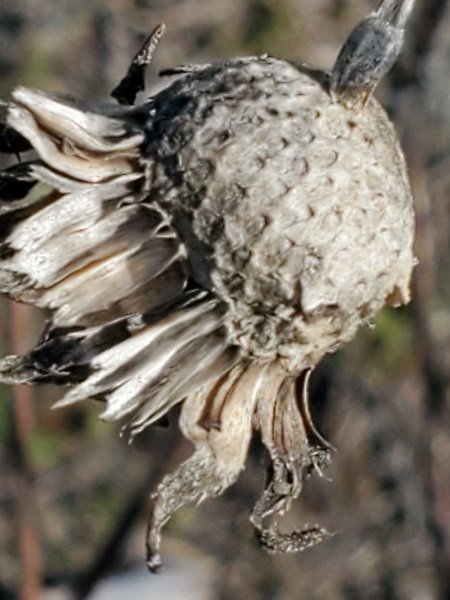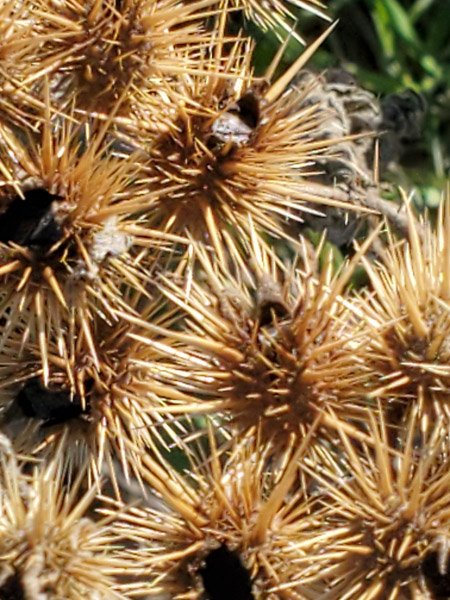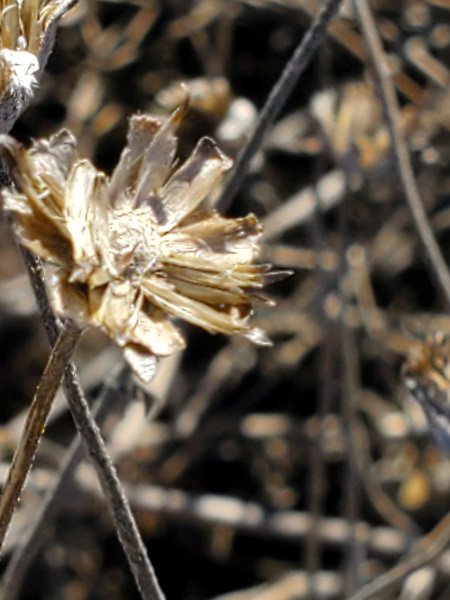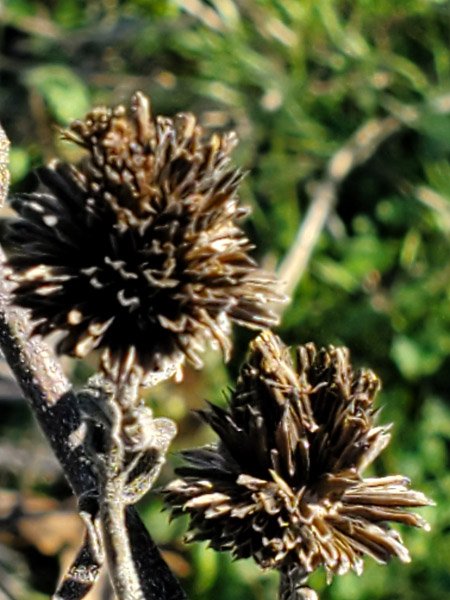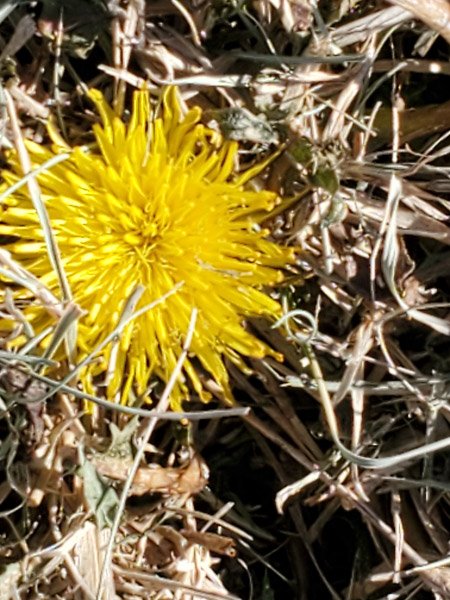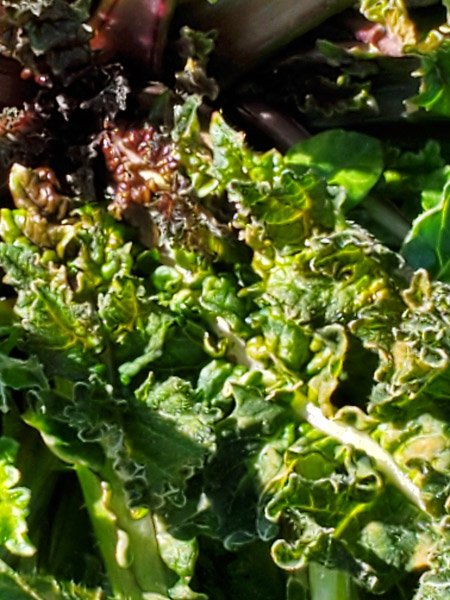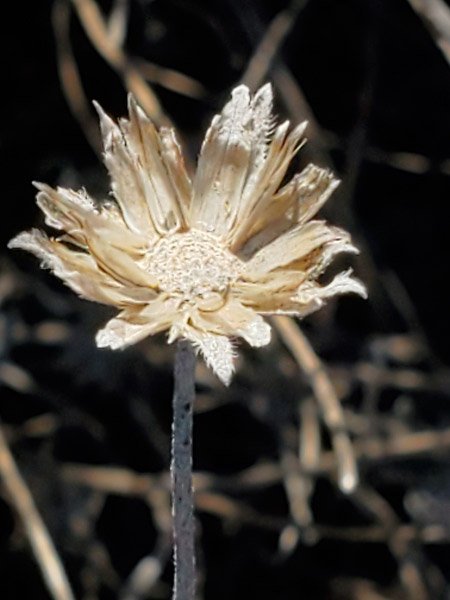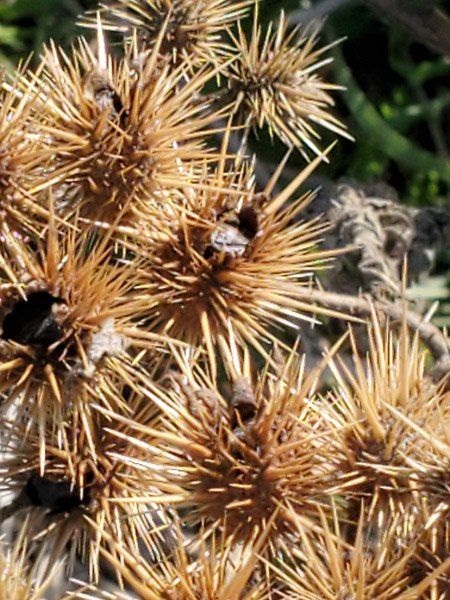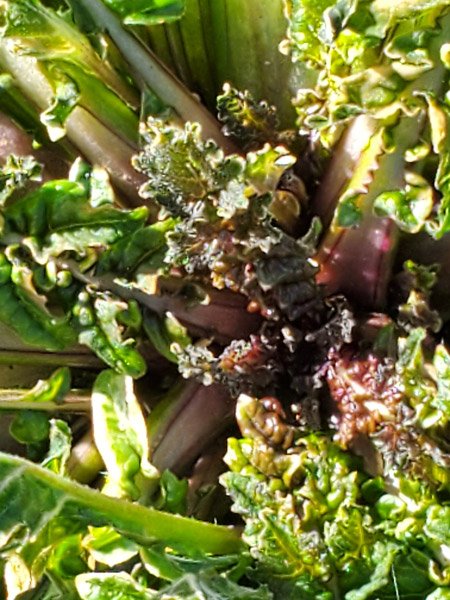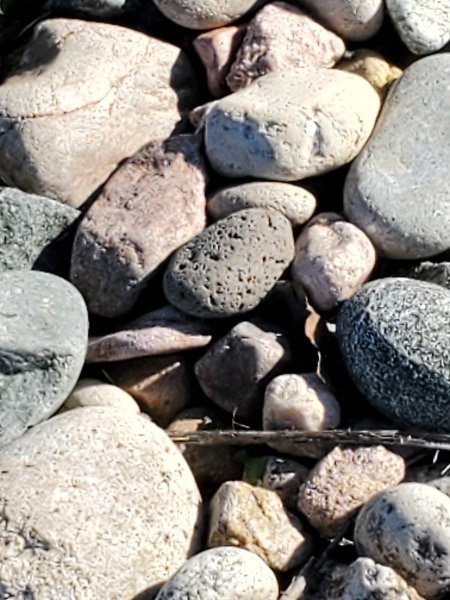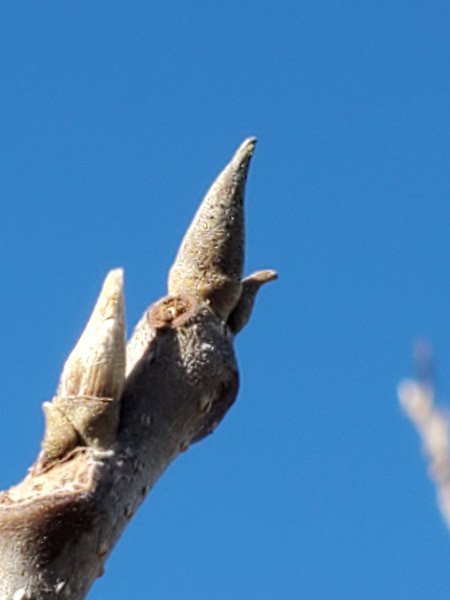The items below were ‘the cream’ of the articles and websites I found this past week. Click on the light green text to look at the article.
Macro Photos Highlight the Diverse Beauty of Butterfly Pupae – The pupae are Asian species….so no Monarch chrysalis (which is my favorite).
Good hydration linked to healthy aging – The findings don’t prove a causal effect…but hydration is linked to serum sodium…and chronic high serum sodium (i.e. when a person is dehydrated frequently) increases risk of developing chronic diseases like heart failure, stroke, atrial fibrillation and peripheral artery disease, etc.
The Infrastructure Sector Is Bleeding Workers – The workforce is aging…more are nearing retirement…and younger people are not coming into the jobs fast enough.
This new year – decarbonize your life – The beginning of a series about a family of 4…taking steps to dramatically reduce emissions and sequester carbon.
Gradient Arrangements of Food Highlights Biodiversity Not Often Seen in Supermarkets – Wow – what a range of colors and shapes in common fruits and veggies like: tomatoes, corn, potatoes, pears, peppers, squash, cucumber, kale, and beans.
Heat and cold as health hazards – Controlled experiments on how the body reacts to hot and cold…and the health consequences.
Water Worries: Threatened and Endangered Cultural Sites – Climate change has caused increasing severe rainstorms in the Southwest impacting the adobe walls in Tumacácori National Historical Park in Arizona and Pecos National Historical Park in New Mexico. Storms, flooding and sea level rise are impacting other parks including Statue of Liberty National Monument, Colonial National Historical Park and the Jamestown Settlement, and Castillo de San Marcos National Monument. The tidal basin in Washington DC is crumbling as flooding increases as the Potomac River rises.
Researchers identify bird species depicted in ancient, finely detailed Egyptian painting – Click on the images to get a larger view of the birds. Key to the second image: a–f rock pigeons (Columba livia); g red-backed shrike (Lanius collurio); h white wagtail (Motacilla alba); i pied kingfisher (Ceryle rudis); j–l unidentified.
How microplastics are infiltrating the food you eat – Right now microplastics are viewed as a contaminant but research is revealing they may have harmful impacts….and should be studied and regulated as a pollutant. Will systems that use sludge as fertilizer need to change dramatically? It appears likely.
2022 Year in Review: Top Stories from Around the National Park System – Flooding at Yellowstone, Mauna Loa eruption, drought at Glen Canyon, maintenance challenges, invasive species …crowds…a lot of big stories.




